Our load securing experts
How can we help you?

Do you need help on how best to transport a particular load safely? Contact our cargo securing experts - they will be happy to help.
Contact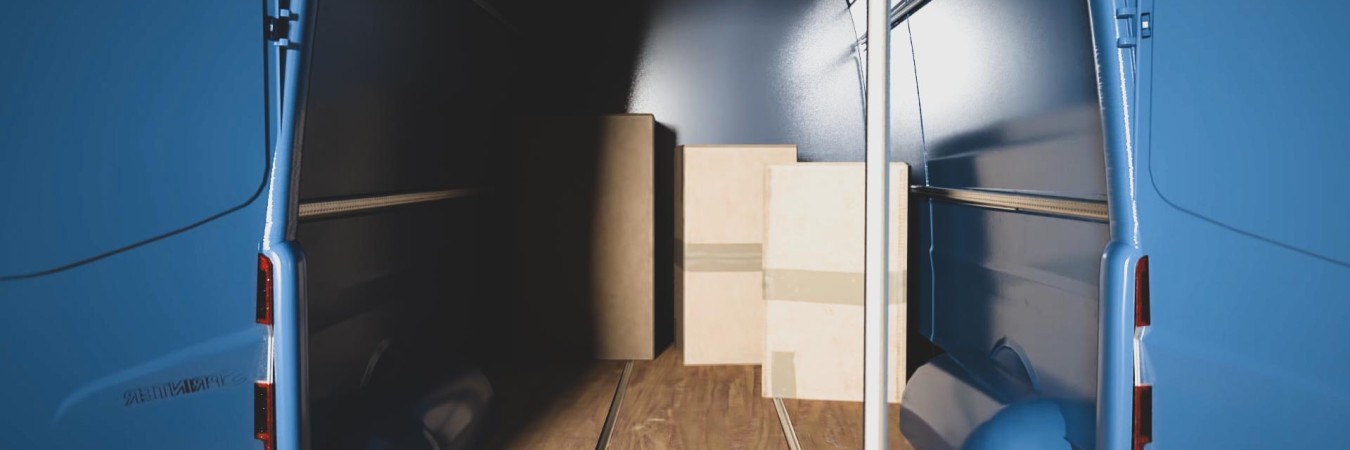
European best practice guidelines on securing cargo for road transport set out a number of principles for loading a light commercial vehicle (LCV).
In addition to the requirement that the cargo unit be clean, dry and safe, the following general rules apply:
- The bulkhead must be serviceable (undamaged and strong enough)
- The support of a sliding tarpaulin (if present) must be serviceable and all planks must be in place
- Wear and corrosion of lashing points should always receive expert attention
- Sufficient lashing anchor points must be available on the vehicle
- Lashing equipment must be undamaged, clean and serviceable
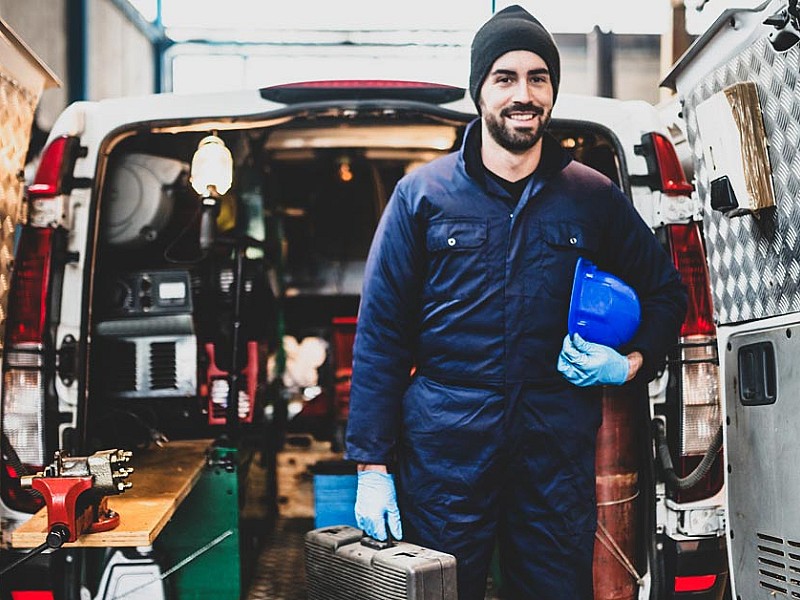
All obligations that also apply to other road freight traffic apply to the safe securing of cargo in a van, as also described in the article for box trucks, trailers and semi-trailers. The goods must be secured according to the applicable standards so that they cannot move while driving, including when taking sharp turns or braking abruptly. This applies to any van, including the commercial vehicle of a plumber, contractor or electrician, whether it is open, closed or fitted with a tarpaulin-lined cargo box.
Extra care when securing cargo in vans is necessary because these vehicles are often subject to more acceleration than trucks. The engine power of a van often allows for forceful acceleration and fast cornering. Great care in distributing weight and securing goods is therefore required.
Often the van has a separate cargo area separated from the driver's cabin by a reinforced or unreinforced bulkhead.
Sheets of furniture are often used for reinforcement. A glass screen in the bulkhead allows the driver to look to the rear, but it is very vulnerable. Especially pointed objects and, for example, metal pipes easily break through it during abrupt braking.
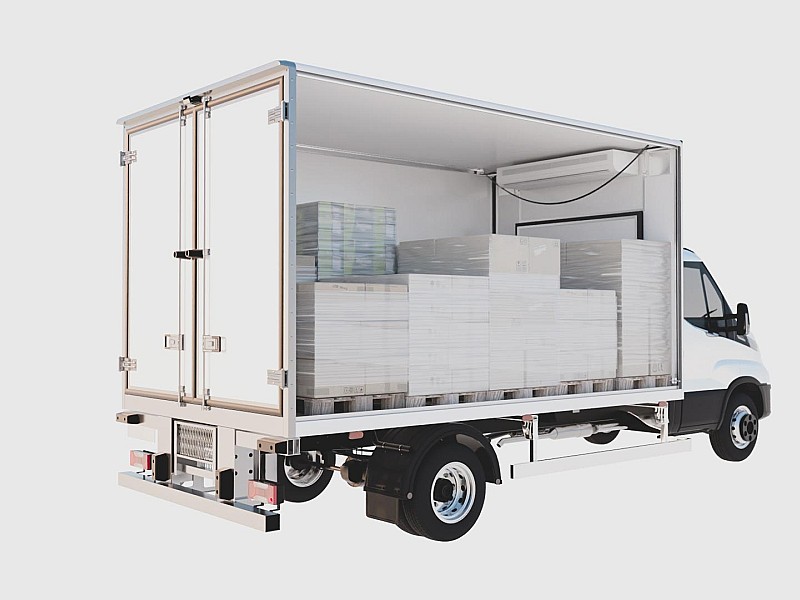
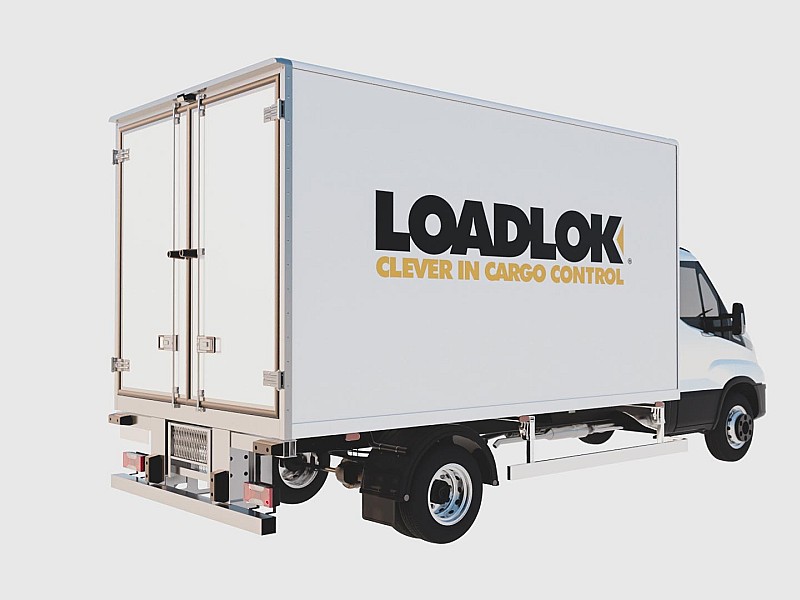
Most vans are composed of metal sheeting on a frame. Tracks systems can be attached to this frame, containing holes that can be used for attaching lashing straps, for example. This allows goods such as boxes, barrels and crates to be secured individually to the wall.
Vans are fitted with anchor points in the loading floor and side walls. These can be used to attach straps or nets. Separate tie-down rails (usually aluminium airline rails) can be attached at heights and widths appropriate to the type of transport. When securing cargo, attention should be paid to the maximum load on these points. This includes not only the force when lashing straps, but especially the centrifugal force created when cornering at a somewhat higher speed. If a lashing strap breaks and the load comes loose, this can lead to major damage to the goods and the vehicle.
As in trucks, care should be taken to ensure that the hooks are suitable for the anchor points. The hook should fit effortlessly into the lashing eye and not be too big or too small, because if the hook can come loose, the lashing has no use.
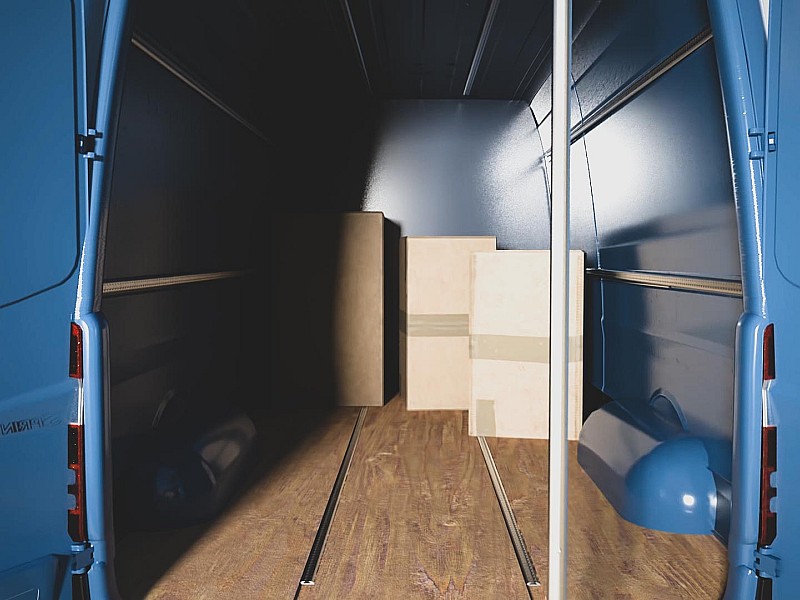
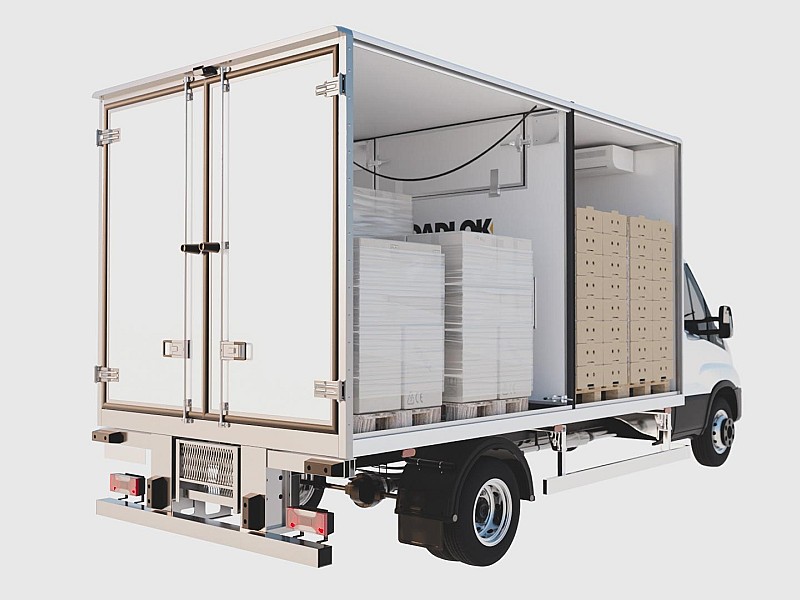
Couriers who deliver many parcels often have the problem that it takes too much time to re-secure the remaining load after each delivery. They often just shuffle the boxes a bit in the hope that they will not slide around too much during the journey. In urban distribution, high speeds are not usually achieved, but a stretch of ring road can still easily be part of the journey. Sharp turns and abrupt braking always occur.
A time-saving solution here is to form compartments by attaching partitions. Similar to what was said above about vans, low, semi-high and high partitions are available, which can be attached to the body of the van by means of pillar systems. The partitions themselves can consist of boards, plates or latticework. With a second, raised loading floor, horizontal compartments can also be created. For example, long items such as pipes or tubes can be stored under the loading floor, with smaller items above it.
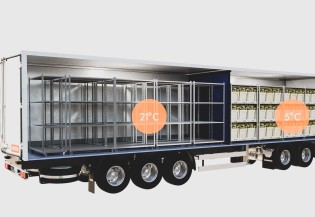
Find every download related to IsoLok: User Manuals, Mounting Instructions, Product Information and Brochure.
Read more
As a transport company, you know that ensuring the safety of your cargo is evident —not just for operational efficiency but also to comply with regulations.
Read more